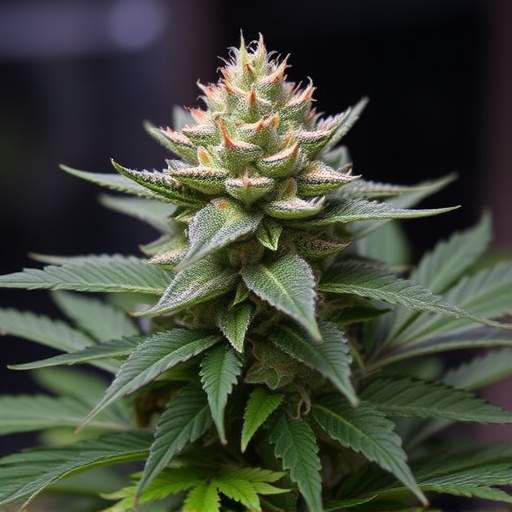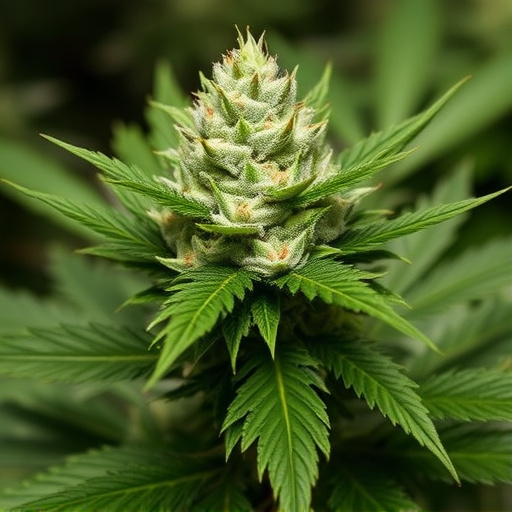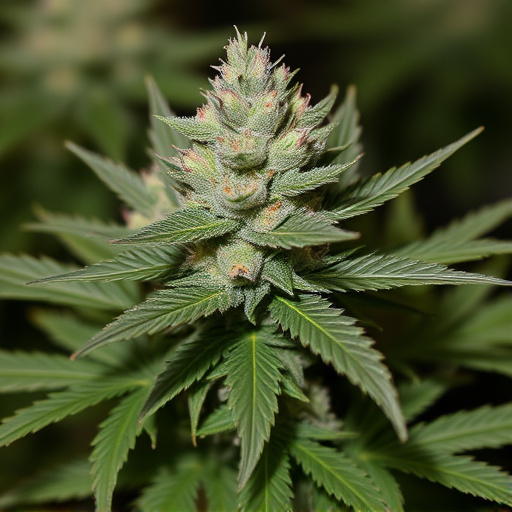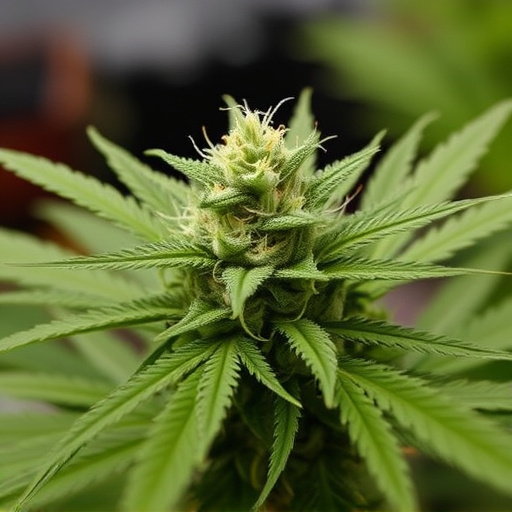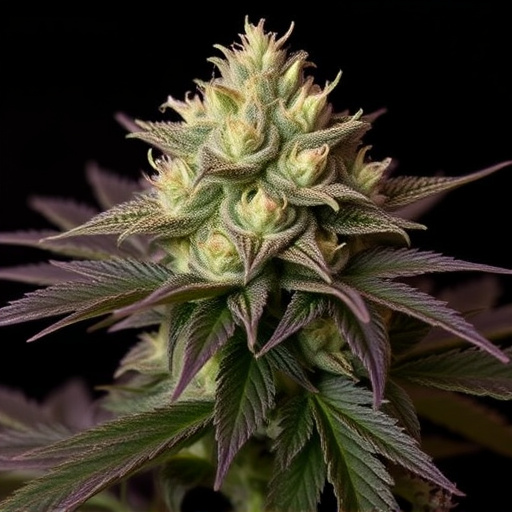The 2016 trend in cannabis focused on specific strains with unique THC and CBD ratios, affecting short-term effects that include altered perception, increased appetite, relaxation, and potential adverse reactions like anxiety. Strains with high CBD levels were sought for mitigating negative impacts. Smoking weed can temporarily impair short-term memory and coordination, impacting daily life; occasional use may cause cognitive disruptions, particularly in younger users. Physiological changes from cannabis include increased heart rate and blood pressure, linked to cardiovascular risks with regular or heavy consumption. Understanding the potency of top ten cannabis strains is crucial for navigating these effects and minimizing health risks.
“Smoking weed may seem like a harmless recreational activity, but it’s crucial to understand its side effects. This comprehensive guide delves into both the short-term and long-term impacts of cannabis use, shedding light on memory impairment, increased heart rate, mental health risks, and even potential cancer concerns.
Furthermore, we explore the top ten cannabis strains of 2016, analyzing their THC/CBD ratios and effects, offering insights for users to make informed choices while mitigating adverse side effects.”
- Short-Term Effects of Weed Use
- – Memory and concentration impairment
- – Increased heart rate and blood pressure
Short-Term Effects of Weed Use
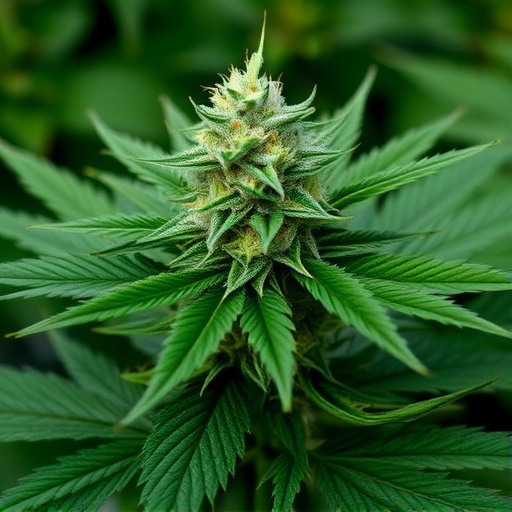
Smoking weed, or cannabis, can have immediate and short-term effects that vary from person to person. In terms of the top ten cannabis strains in 2016, different varieties offer unique combinations of THC (tetrahydrocannabinol) and CBD (cannabidiol) levels, which play a significant role in these impacts. Some of the most common short-term effects include altered perception, heightened senses, increased appetite, and relaxation. Users may experience a sense of euphoria, laughter, and a distorted sense of time. Visually, colors might appear brighter, and objects can seem to move slower or faster than they actually are—a phenomenon known as time distortion.
However, it’s important to note that cannabis use can also lead to adverse effects such as anxiety, paranoia, and in some cases, hallucinations, especially with higher THC concentrations. The 2016 trend towards strains with elevated CBD levels was notable for their potential to mitigate these negative impacts, offering a more balanced experience. Short-term memory and coordination may also be affected, which can impact daily activities. Therefore, understanding the specific cannabis strain and its potency is crucial when considering short-term effects.
– Memory and concentration impairment
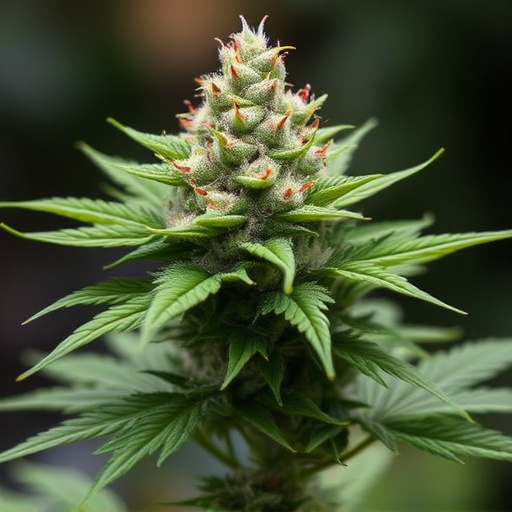
Smoking weed can lead to short-term memory and concentration impairment, affecting daily tasks and decision-making abilities. Studies have shown that even occasional use can cause disruptions in cognitive function, with effects being more pronounced in younger users whose brains are still developing. This is particularly relevant when considering the rising popularity of cannabis, especially among millennials, as reflected in the top ten cannabis strains of 2016. These strains, while offering potential medical benefits, can also exacerbate existing cognitive issues if misused or used frequently.
The impact on memory and concentration isn’t merely a temporary glitch; research suggests that long-term marijuana use could lead to more persistent changes in brain structure and function. This is especially concerning for individuals who rely heavily on cannabis for recreational or medicinal purposes, as it may hinder their ability to learn, remember, and focus over time.
– Increased heart rate and blood pressure

Smoking weed, or cannabis, can lead to several immediate physiological responses, including a notable increase in heart rate and blood pressure. This effect is particularly significant among individuals who are new to the substance or consume it in higher-than-usual amounts. According to studies, the average resting heart rate of a non-user is around 60-100 beats per minute (bpm), while regular cannabis users may experience heart rates as high as 100-140 bpm immediately after consumption. Similarly, blood pressure can surge, with systolic pressure (the top number) rising by as much as 20-30 mmHg and diastolic pressure (the bottom number) increasing by 10-15 mmHg.
While occasional users might not experience lasting harm, frequent or heavy use could put individuals at risk for cardiovascular issues. Research has linked chronic cannabis use to a heightened risk of heart attack, arrhythmia, and stroke. Interestingly, some 2016 rankings of the top ten cannabis strains highlighted varieties with higher levels of THC, the primary psychoactive compound known to significantly impact heart rate and blood pressure. As such, consumers should be mindful of their consumption habits and strain choices to mitigate potential health risks.
While the discussion has centered around potential benefits, it’s crucial to remember that regular or heavy use of cannabis can lead to adverse side effects. Short-term impairment of memory and concentration is well-documented, as are the increased heart rate and blood pressure associated with smoking weed. When considering the top ten cannabis strains of 2016 or any other year, always prioritize responsible use. Understanding these potential drawbacks is essential for making informed decisions regarding marijuana consumption.








